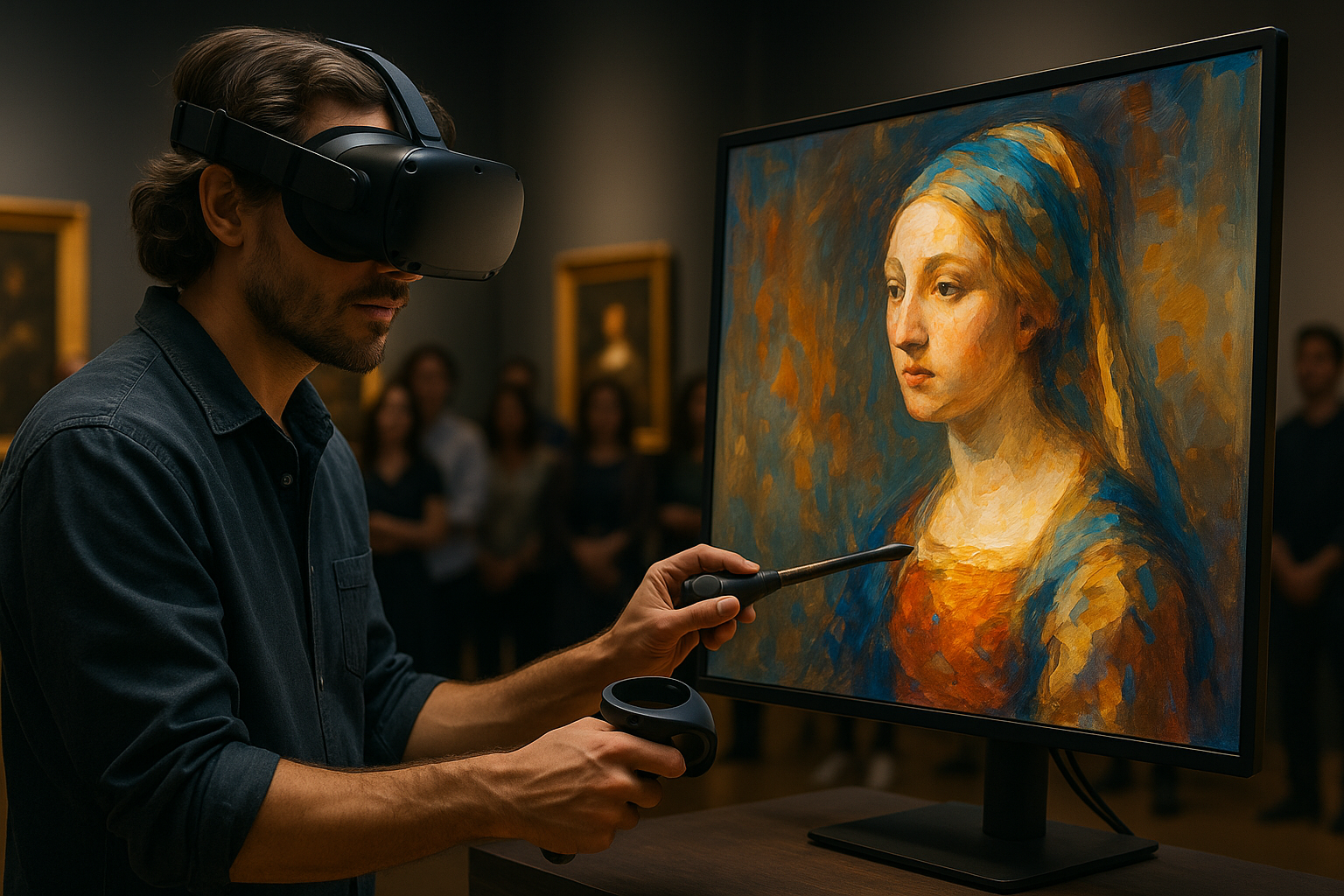Microfunding and Membership Models for Small Creative Teams
Small creative teams increasingly rely on recurring support and micro-contributions to sustain projects, pay collaborators, and experiment with new formats. This article examines practical membership and microfunding approaches, balancing direct audience relationships with digital tools, licensing options, and accessible audience experiences to create resilient revenue and community systems.

Small creative teams face a persistent tension between artistic ambition and limited resources. Recurring revenue through membership and targeted microfunding can stabilize income while preserving independence. Successful approaches combine layered access, predictable income streams, and lightweight digital infrastructure that respects audience bandwidth and accessibility. Below, six focused sections examine how membership, microfunding, monetization, community building, accessibility, and analytics can work together to help small teams sustain creative output without sacrificing control.
How can membership models support small teams?
Membership programs provide predictable monthly income and deepen audience relationships by offering tiers of access, exclusive content, or participatory roles. For creative teams, tiers might range from a low-cost supporter level that grants regular updates and early access to a curator tier that includes behind-the-scenes notes or voting rights on small creative decisions. Membership should be framed around value exchange: what do supporters receive that aligns with the team’s capacity? Clear expectations and predictable fulfillment are essential to avoid burnout; automation and simple digital delivery (email series, gated pages, private feeds) let teams scale benefits without a proportional time increase.
What role does microfunding play alongside memberships?
Microfunding—small, targeted contributions for specific projects—complements recurring memberships by financing one-off costs like equipment, a short-run VR prototype, or festival submission fees. Campaigns can be integrated into a membership ecosystem: members receive priority updates or credits, while non-members can contribute for specific rewards. Microfunding works best when goals are concrete, budgets transparent, and rewards manageable. Short timelines, clear milestones, and storytelling that explains exactly what contributions enable tend to increase backer confidence and participation.
How can teams approach monetization responsibly?
Monetization strategies should diversify income without fragmenting audience goodwill. Beyond membership fees and microfunding, options include small-scale licensing of digital assets, paid streaming of live shows, limited-run merchandise, and curated paid experiences. Pricing should reflect production cost and perceived value while being realistic about audience size. Licensing can generate passive income when teams retain clear usage terms and use platforms that facilitate small-license transactions. Monetization that reinforces artistic goals—such as pay-what-you-can streaming or time-limited paid access—often preserves long-term trust.
How does community-building improve retention and growth?
A strong community converts casual viewers into recurring supporters. Community tools include private chat channels, moderated forums, member-only events, and participatory curation where members vote on programming or suggest themes. Community engagement amplifies word-of-mouth and provides feedback loops for creative work. Small teams should prioritize manageable touchpoints: regular updates, predictable live sessions, and facilitation of peer-to-peer connections among members. Transparency about how contributions are used and opportunities for members to see impact increases retention.
How can accessibility and immersive formats be balanced?
Expanding reach requires attention to accessibility while experimenting with immersive formats like VR and AR. Offer alternatives to fully immersive experiences—captioned videos, audio descriptions, 2D walkthroughs of VR content, or downloadable assets—to make work accessible across devices and abilities. Accessibility practices reduce barriers, broaden potential membership bases, and often improve overall design. When monetizing immersive work, provide low-barrier entry points (short demos, curated highlights, or streaming options) so audiences can sample before committing financially or investing in specialized hardware.
What analytics are practical and ethical for creative teams?
Analytics should inform decisions without undermining artistic priorities. Focus on a few actionable metrics: membership churn and lifetime value, microfunding conversion rates, content engagement (views and time spent), and channel-specific acquisition paths. Use privacy-conscious analytics and transparent data policies to maintain trust. Regularly review metrics to guide scheduling, content formats, and reward structures rather than optimize only for short-term revenue. Qualitative feedback—from member surveys or direct conversations—can be as instructive as quantitative data.
Conclusion
For small creative teams, combining membership with microfunding and complementary monetization options creates resilience and flexibility. Prioritize sustainable benefit structures, clear communication, accessible delivery, and selective use of analytics to keep creative work central. By aligning revenue mechanisms with community-building and transparent practices, teams can sustain ongoing projects and fund targeted experiments without compromising artistic intent.




